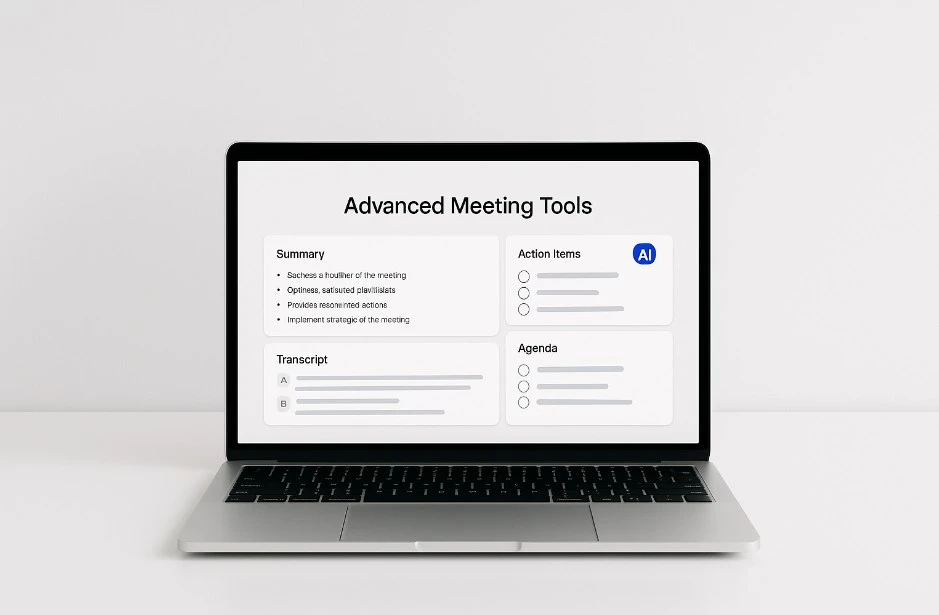Time significantly impacts how people evaluate their experiences. When time is wasted, customers often remember it more than the service itself. Poor scheduling can result in long wait times, stressed staff, and clients who may choose not to return.
This article explains why appointment scheduling is more than just maintaining a calendar, the fundamental principles that support it, and the mistakes that cause stress for both staff and clients. It also offers practical scheduling tips and guidance on striking a balance between structure and flexibility. Qnomy has solutions that make the process easier for businesses that need a solid solution. You can find out more about these tools on the company’s official website.
Why Smart Scheduling Matters More Than You Think
Think back to the last time you were left waiting long past your appointment. Chances are, it wasn’t about poor service. It was about the system not keeping up. When scheduling slips, everyone feels it. Customers get irritated. Staff scramble. The day falls behind.
But when smart scheduling works, the benefits are clear right away. Clients feel valued when their time is acknowledged and appreciated. Employees have space to focus instead of rushing. And the business projects reliability from the very first interaction. That’s why scheduling deserves more attention. It sets the tone for the entire customer experience.
The Core Principles of Pro-Level Appointment Management
Good appointment scheduling isn’t tricky. A few basic practices go a long way.
Clarity: Everyone should know the who, when, where, and why of each appointment. Leaving things vague only creates problems later.
Consistency: Use one system for everyone. Using multiple calendars or tools almost guarantees mix-ups.
Communication: A quick confirmation or reminder can help prevent no-shows and confusion.
Learning: Pay attention to patterns. Maybe Mondays are quiet, but Fridays always run over. Adjust your setup instead of repeating the same mistakes.
Get these scheduling tips right, and you’ve already built the base for smoother scheduling.
Simple Scheduling Hacks That Actually Work
Once the basics are in place, a few simple changes can make a big difference:
Block time for priorities. If you don’t, the smaller tasks will consume your entire day.
Send reminders. A short text or email is often enough. People forget. This helps them show up.
Offer online booking. Clients like the convenience, and your staff won’t spend hours tied to the phone.
Leave some space. Even a few minutes between appointments can make a difference. One late start won’t derail the whole afternoon.
It’s a small change, but it makes the day easier to manage.
Avoiding Common Scheduling Mistakes
Even experienced managers fall into habits that cause problems. These three come up a lot:
Overbooking. Packing too much into a day may seem efficient, but it often leaves staff exhausted and customers waiting.
Skipping confirmations. If you don’t remind people, some simply won’t show up. Empty slots waste time and disrupt the entire schedule.
Back-to-back bookings. A calendar with no gaps looks neat until one meeting runs late. Then everything else runs late, too.
They don’t look like much on their own, yet added together, they burn hours and test people’s patience.
How to Stay Flexible Without Losing Structure
Plans change. Clients cancel, emergencies appear, and adjustments need to be made. If your schedule is too rigid, it will collapse under pressure. If it’s too loose, you lose control.
The solution is balance. Leave space in the day for urgent needs, make rescheduling easy, and use tools that update availability instantly. Flexibility doesn’t weaken structure. It supports it.
Scheduling as a Productivity Tool

A restaurant packed with guests – Image | Pexels
Handled well, scheduling isn’t just organization. It’s a driver of performance. With the right approach, you can:
Match staffing levels with actual demand
Spot trends that shape long-term planning
Create a smoother, more reliable experience for customers
Take a restaurant that sees that weekends bring the heaviest traffic, so it adds extra staff on Saturdays. Service remains consistent, wait times decrease, and diners appreciate the experience. This is the lesson. Scheduling is a lot easier when it follows actual patterns instead of guesses.
In Conclusion
Good scheduling isn’t just about neat calendars. It shapes the day itself. When things run smoothly, people don’t wait around, staff don’t feel overextended, and the whole place operates more efficiently.
The best way to get there is to take it step by step. Start with what causes the most stress, such as no-shows and peak hours that always run long.. Fix one thing, then another. Each small change takes weight off the next day.
Over time, smart scheduling turns into something you can count on. It gives your team more breathing room and leaves customers with a better experience.
What’s one scheduling habit that’s made a difference for you?







